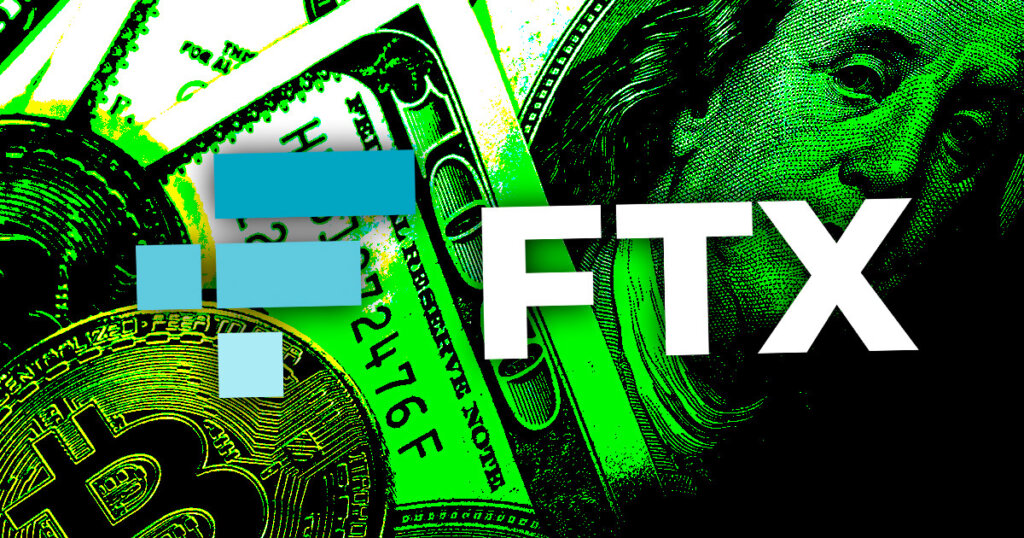In the fast-evolving world of cryptocurrency, the FTX exchange faced a devastating blow last year when it fell victim to a massive attack that siphoned approximately $477 million in digital assets. This incident sent shockwaves throughout the industry, leaving many wondering who could be behind such a significant breach of security. Recent research suggests that an attack on FTX, which siphoned approximately $477 million in digital assets while the company went bankrupt last year, is more likely to be linked to Russia. In this article, we delve into the intricate details of this cyber heist and the mounting evidence pointing to Russian involvement.
The FTX Attack: Unraveling the Mystery
FTX, a prominent cryptocurrency exchange, was at the center of a crypto storm when it lost a staggering $477 million worth of digital assets due to a sophisticated cyberattack. The incident took place at a time when the company was already facing financial difficulties, pushing it further towards the brink of bankruptcy. The attack on FTX left experts and investigators astounded, as it displayed a level of sophistication and precision that was not commonly associated with typical cryptocurrency heists.
The question that arose was: Who could have orchestrated such a meticulously planned operation, and why? Recent research suggests that an attack on FTX, which siphoned approximately $477 million in digital assets while the company went bankrupt last year, is more likely to be linked to Russia. But what led researchers to this conclusion, and what evidence supports this claim?
The Russian Connection
Several key factors point towards a possible Russian connection to the FTX attack:
- Advanced Techniques: The attack on FTX displayed a level of technical sophistication that is often associated with nation-state actors. The hackers used complex methods to breach the exchange’s security systems, suggesting a high degree of expertise.
- Timing and Motivation: The attack occurred during a time of geopolitical tension, particularly related to Russia’s strained relations with Western nations. The cryptocurrency industry had emerged as an avenue for bypassing sanctions, making it a target for state-sponsored actors seeking to access funds and assets.
- Similar Incidents: Researchers have noted similarities between the FTX attack and previous cyberattacks that were attributed to Russian hackers. The use of specific tools and techniques consistent with Russian state-sponsored groups raises suspicion.
- Laundering Trail: Some of the stolen funds were traced to cryptocurrency wallets and exchanges with known ties to Russian entities, adding to the mounting evidence of Russian involvement.
The Geopolitical Chessboard
The world of cryptocurrency has become a geopolitical chessboard, where nation-states are increasingly using cyber operations to further their interests. Russia, in particular, has a history of utilizing cyberattacks as a means to circumvent sanctions and access funds. Recent research suggests that an attack on FTX, which siphoned approximately $477 million in digital assets while the company went bankrupt last year, is more likely to be linked to Russia, in light of these broader geopolitical dynamics.
But why would a nation like Russia target a cryptocurrency exchange? The answer lies in the unique characteristics of the crypto industry. Cryptocurrencies are decentralized, borderless, and relatively anonymous, making them an attractive tool for evading financial restrictions. This is especially valuable to nations facing economic sanctions, like Russia. By gaining control over significant cryptocurrency assets, Russia could potentially circumvent sanctions, access funds, and exert influence on the global financial stage.
The Ongoing Investigation
As the cryptocurrency community and law enforcement agencies continue to grapple with the aftermath of the FTX attack, investigations are ongoing. Uncovering the full extent of the breach, identifying the perpetrators, and recovering the stolen assets remain top priorities.
One of the key challenges in addressing such attacks is the anonymous nature of cryptocurrency transactions. While blockchain technology offers transparency, it also enables users to obfuscate their identities. This complicates efforts to trace and recover stolen funds. International cooperation and the sharing of intelligence will be vital in bringing those responsible to justice.
Conclusion
The FTX attack that siphoned approximately $477 million in digital assets while the company went bankrupt last year remains a stark reminder of the vulnerabilities in the cryptocurrency industry. Recent research suggests that an attack on FTX is more likely to be linked to Russia, given the advanced techniques employed, timing, and motivations behind the breach, as well as the presence of a laundering trail leading to Russian entities.
The incident highlights the need for increased cybersecurity measures within the cryptocurrency sector and stronger international collaboration in combating cybercrime. As the investigation continues, the crypto community and regulators worldwide will be closely monitoring developments in the pursuit of justice and the recovery of stolen assets. The cryptocurrency industry’s resilience and adaptability will be put to the test as it faces the challenges posed by such sophisticated attacks.
